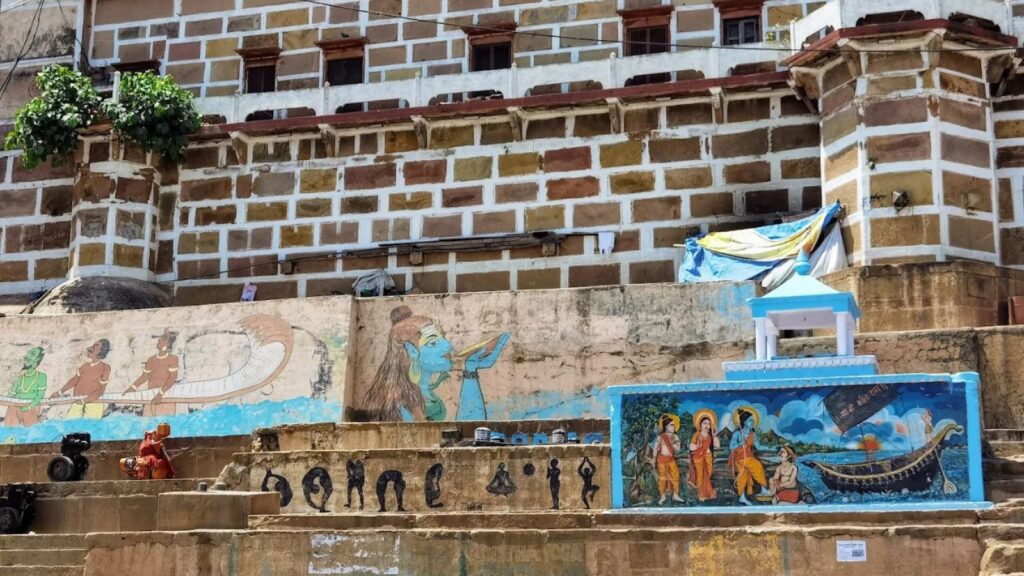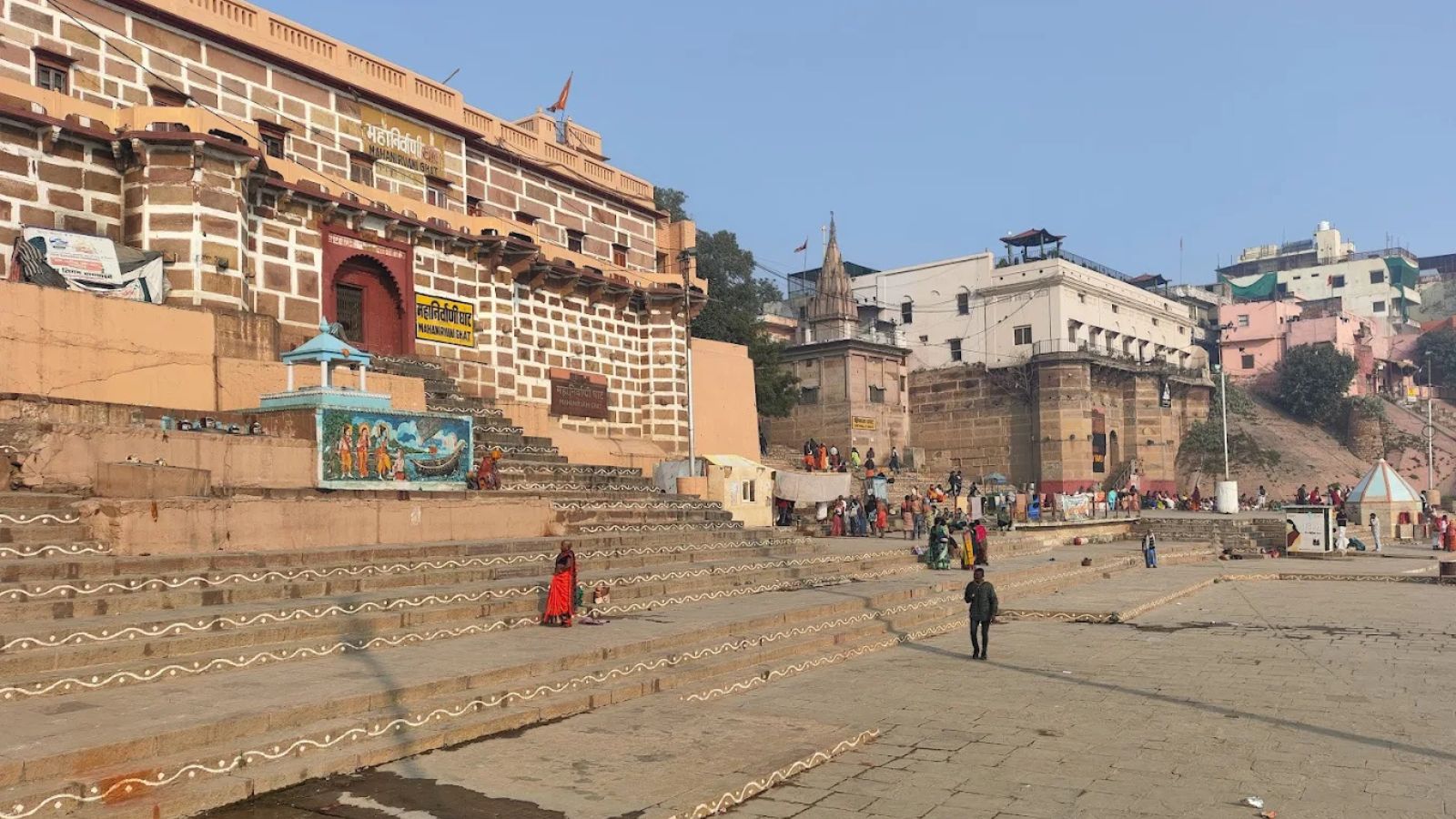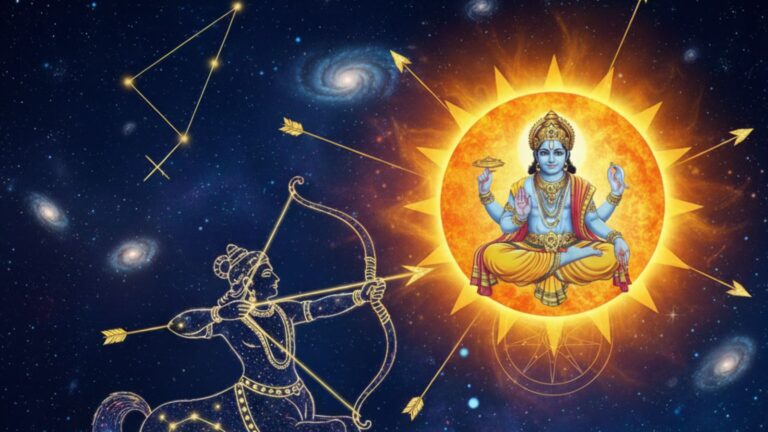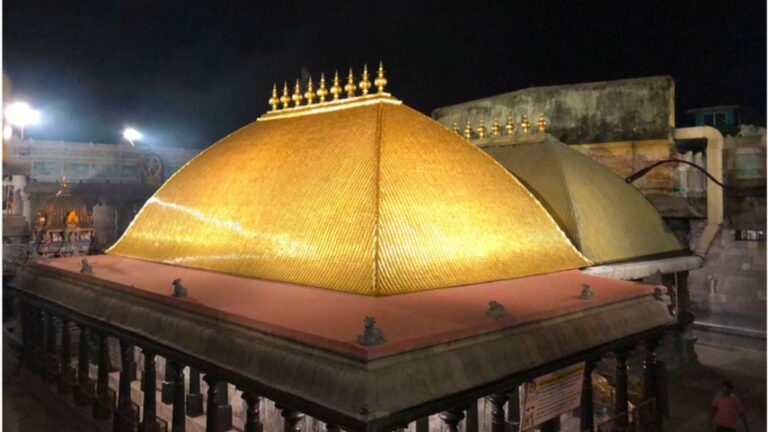Located just north of Chet Singh Ghat, Mahanirvani Ghat holds a significant place in India’s ascetic traditions. It derives its name from the Mahanirvani Akhara, one of the oldest and most respected Shaivite orders, known for its austere way of life and dedication to preserving spiritual practices. The name Mahanirvani means “great liberation,” encapsulating the Akhara’s focus on detachment, penance, and union with the divine.
Historically, this ghat functioned as a training and residence site for ascetics preparing for religious festivals, debates, and rituals. It remains an active center for spiritual training today, where initiations (diksha), meditation, and ancestral offerings (tarpan) are regularly conducted by resident monks and visiting seekers. The ghat is closely linked to the Kumbh Mela, during which the Mahanirvani Akhara plays a leading role in ceremonial processions.

Mahanirvani Ghat also serves as a cremation ground, symbolizing the release from worldly attachments and pursuit of moksha (spiritual liberation). People travel from afar to perform last rites here, believing the location to be especially auspicious for attaining final liberation. Compared to the bustling Dashashwamedh and Assi Ghats, Mahanirvani Ghat offers a quieter, more contemplative atmosphere that draws devotees and spiritual seekers for meditation and sacred rituals.
Architecturally, the ghat features simple stone steps leading down to the Ganges, flanked by small Shiva temples, samadhis (memorials) of revered ascetics, and ashrams accommodating monks and pilgrims. Its relatively untouched and less commercialized environment nurtures solitude, reflection, and traditional spiritual practices.
Image credits: Shashank Saran



